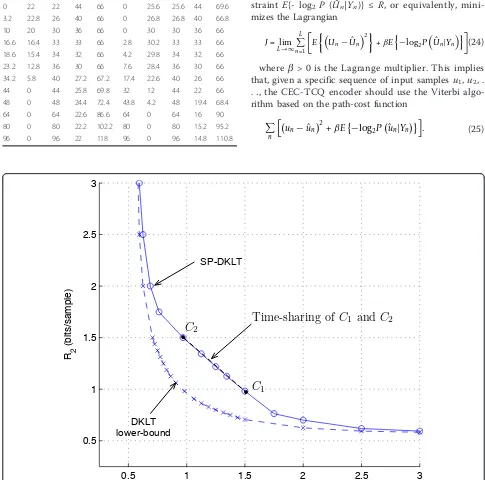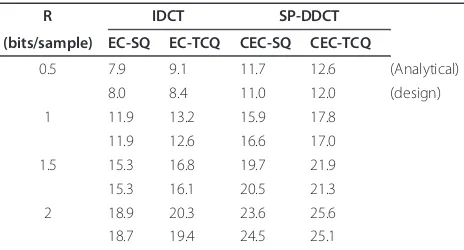Distributed transform coding via source-splitting
Full text
Figure

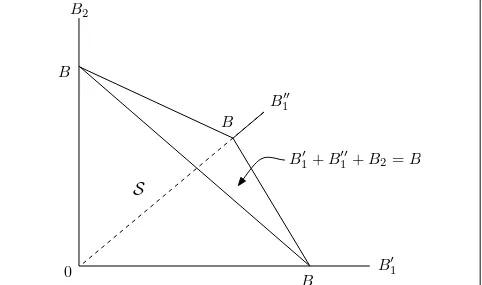
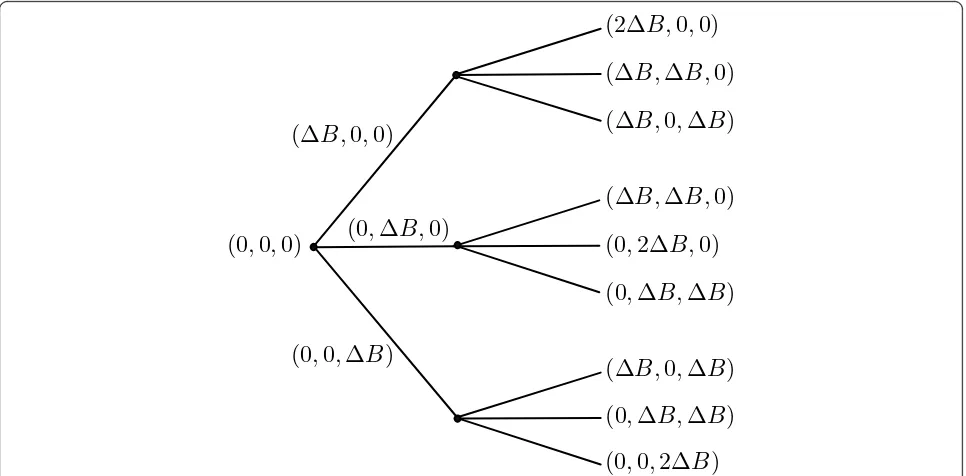
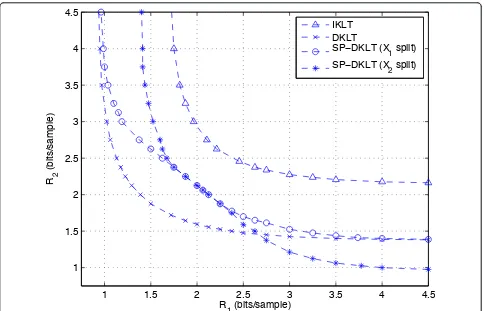
Related documents
This chapter presents a multivariate analysis of the measurement of the cross-section of the single-top quark in s -channel produced from the proton-proton collisions where
accepted connections for a given connection request and blocking probability at different wavelengths and also with various load or requests using different WA techniques like
(Implications are discussed.) (JS).. cD LLJ 117 Or) 0 0 THE EFFECTIVENESS OF TEACHING LABORATORY INSTRUCTION ON THE QUESTIONING BEHAVIORS OF BEGINNING TEACHER CANDIDATES Kevin
Equator banks must develop adequate mechanisms and in house capabilities to be able to fulfil their duty under Principle 8 of the Equator Principles, that is to help borrowers to
The Bank of Thailand circulates a standard loss collecting template as a guidance for commercial banks to develop a system to collect information on loss event resulting from
This study highlights how a series of CHAID analysis models using readily available Twitter data and manually coded sentiment and content data were developed to identify why some
However in the substitutes case, compliance costs are reduced by making it easier for enforcers to convict parties by tightening the standards,but tighter standards induce the
Of course, in another regulatory area federal intervention may have a distinct pur- pose that leads to a different conclusion about state enforce- ment’s potential costs and

